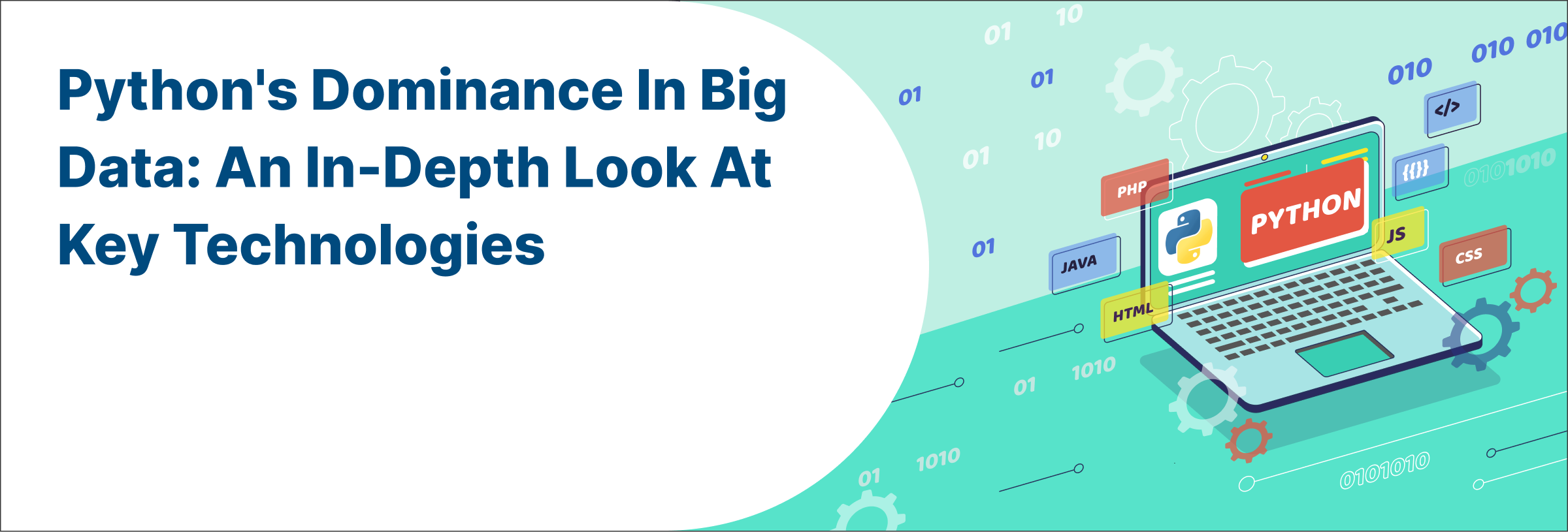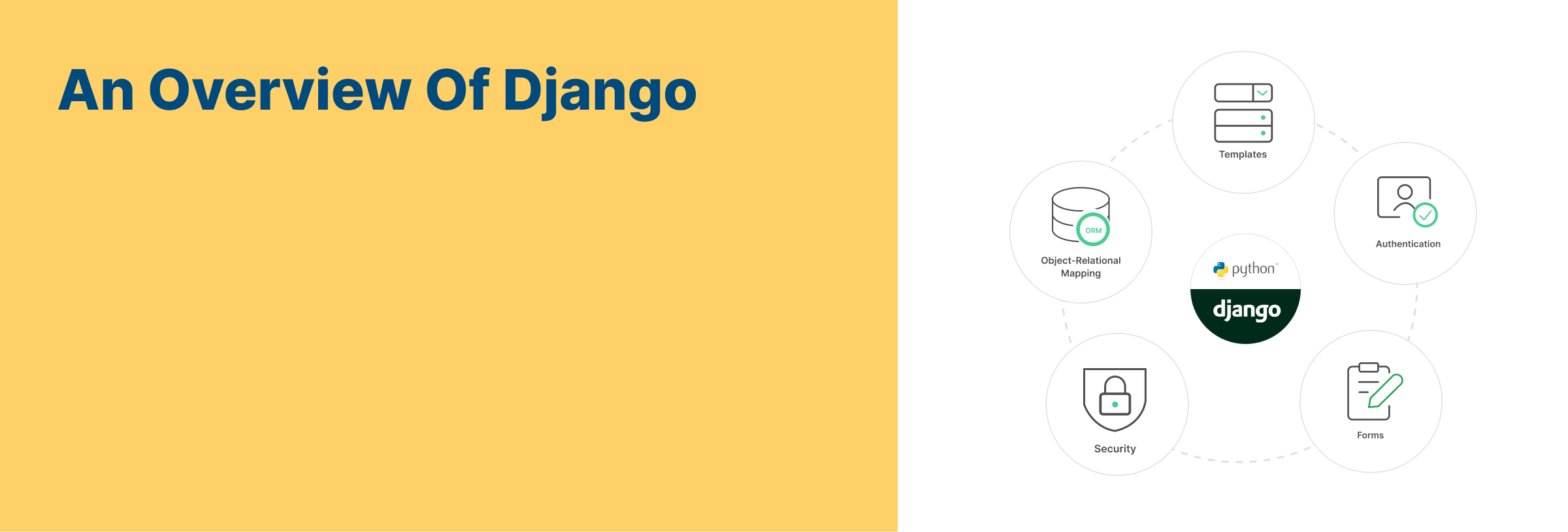Python’s Dominance in Big Data
In today’s data-driven world, the amount and complexity of data continue to grow exponentially. This surge has given rise to big data technologies, which are essential for processing and analyzing vast datasets. Among the myriad of programming languages, Python has emerged as a versatile and efficient tool for working with big data. In this blog post, we’ll delve into the realm of big data technologies and explore how Python can be used to harness their capabilities.
Big Data Technologies Overview
Apache Hadoop:
Hadoop is an open-source framework designed for distributed storage and processing of large datasets across clusters of computers. It comprises the Hadoop Distributed File System (HDFS) for storage and the MapReduce programming model for processing.
Apache Spark:
Spark is a fast and general-purpose cluster computing system that provides in-memory processing capabilities. It is used for a wide range of applications, including batch processing, real-time analytics, machine learning, and graph processing.
Apache Kafka:
Kafka is a distributed event streaming platform that can handle trillions of events per day. It is used for building real-time data pipelines and streaming applications.
Apache HBase:
HBase is a distributed, scalable, and big data store that offers real-time read/write access to large datasets. It is built on top of Hadoop and HDFS.
Python and Big Data Python boasts a rich ecosystem of libraries and frameworks that make it well-suited for big data processing. Some key tools include:
Pandas:
Pandas is a powerful data manipulation library that provides data structures like DataFrame and Series, ideal for analyzing large datasets. It offers a wide range of functionalities, including data reading and writing, data alignment, reshaping, grouping, and merging, making it a go-to choice for data wrangling tasks.
NumPy:
NumPy is a fundamental package for scientific computing in Python. It provides support for large, multi-dimensional arrays and matrices, along with a collection of mathematical functions for performing various operations on these arrays. NumPy is essential for numerical computing tasks and serves as the foundation for many other libraries in the scientific computing ecosystem.
PySpark:
PySpark is the Python API for Apache Spark, a fast and general-purpose cluster computing system. PySpark allows Python programmers to interface with Spark for big data processing, enabling them to leverage Spark’s distributed processing capabilities for tasks like data cleaning, transformation, analysis, and machine learning.
Dask:
Dask is a flexible parallel computing library for analytic computing. It allows users to scale their computations from single machines to large clusters, providing dynamic task scheduling and parallel collections that extend Python’s multiprocessing and multithreading capabilities. Dask is particularly useful for handling large datasets that don’t fit into memory.
Kafka:
Python: Kafka-Python is a Python client for Apache Kafka, a distributed event streaming platform. Kafka-Python enables you to produce and consume messages from Kafka topics, making it ideal for building real-time data pipelines and streaming applications. It provides a simple and efficient way to work with Kafka from Python, allowing you to integrate Kafka into your data processing workflows seamlessly.
Top of Form
Using Python for Big Data Processing Python can interact with various big data technologies. For instance, you can use PySpark to process large datasets in Spark, pandas for data manipulation and analysis, and Kafka-Python to develop real-time streaming applications with Kafka.
Conclusion In conclusion, Python’s versatility and the rich ecosystem of libraries and frameworks make it a powerful tool for big data processing. By leveraging Python and big data technologies like Hadoop, Spark, Kafka, and HBase, you can efficiently process, analyze, and derive insights from large datasets, paving the way for data-driven decision-making and innovation.





